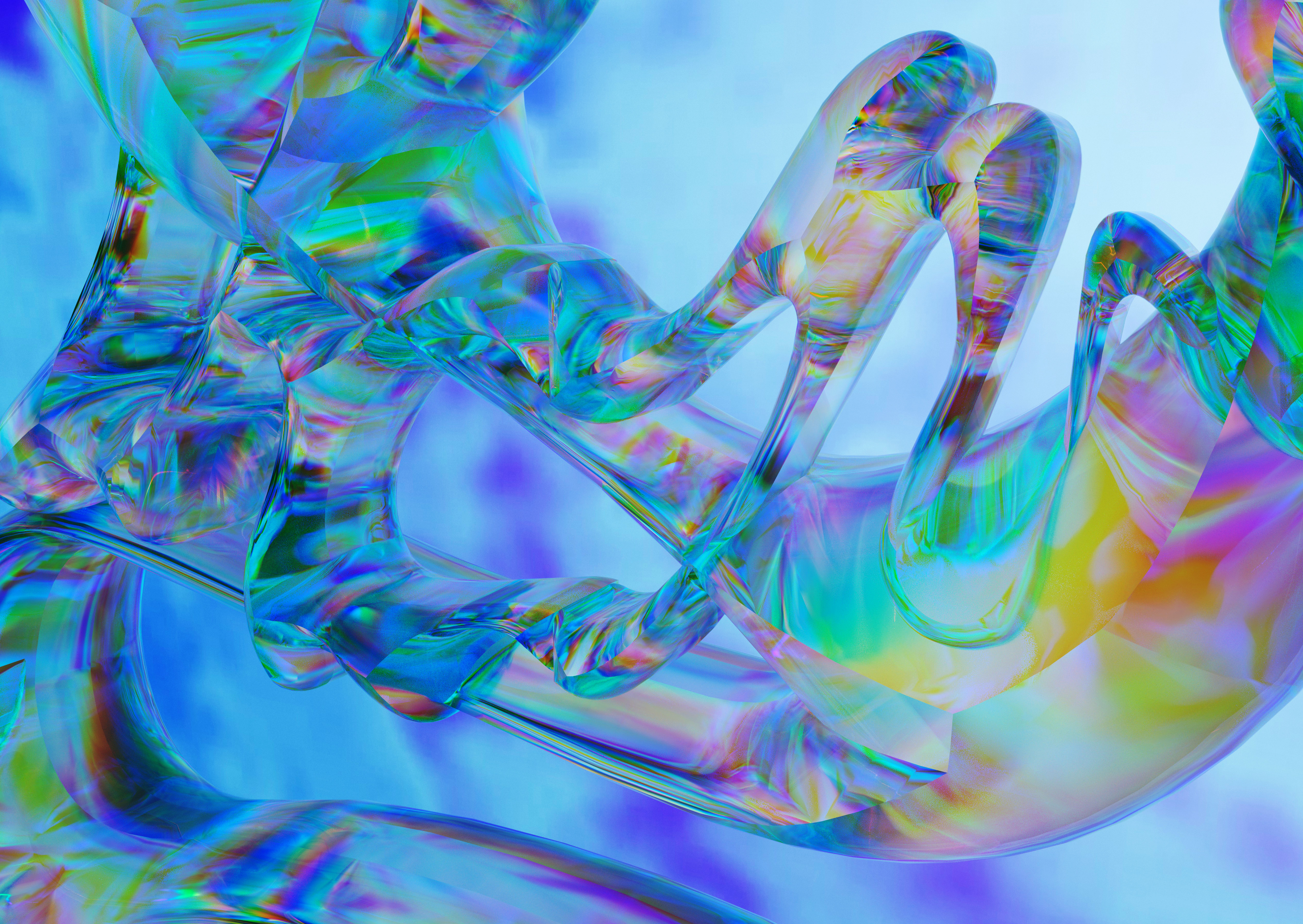
UNDERWATER MASHRABIYYA
The Mashrabiyya is an intricately carved screen, often made of wood,
marble, or stone, found in Islamically influenced architecture. Formed of
complex, sacred Islamic geometries, these window screens break sunlight
into beautiful patterns of dappled shadow into the interior space of a home.
When used as interior separators, they can be delicate, ethereal inner walls,
or folding screens that mark off private and public areas, usually within the
home space.
I have experienced Mashrabiyyas most often within the mosque, sectioning the women’s area away from the main prayer hall. My experience with the Mashrabiyya is as a thing of beauty that clearly demarcates a lesser space, and from the inside, bars visibility into a space of greater beauty. Not only did it make women invisible to the men to protect the purity of male thought and prayer, but it kept women from entering or even witnessing the spaces of the mosque of the greatest divine beauty.
In effect, I have experienced Mashrabiyyas as the gate blocking me from the world of the divine. If the interior prayer hall is considered the portal to the divine, a space where veils are lifted and another world lies within reach, then that space was reserved solely for male worshippers.
I have experienced Mashrabiyyas most often within the mosque, sectioning the women’s area away from the main prayer hall. My experience with the Mashrabiyya is as a thing of beauty that clearly demarcates a lesser space, and from the inside, bars visibility into a space of greater beauty. Not only did it make women invisible to the men to protect the purity of male thought and prayer, but it kept women from entering or even witnessing the spaces of the mosque of the greatest divine beauty.
In effect, I have experienced Mashrabiyyas as the gate blocking me from the world of the divine. If the interior prayer hall is considered the portal to the divine, a space where veils are lifted and another world lies within reach, then that space was reserved solely for male worshippers.
Through this project, I redesign the Mashrabiyya as a
new type of portal into a speculative underwater world.
Instead of the perfection of Islamic geometries, I drew
modules of organic forms inspired by the swirling vegetal
forms, starlight, water caustics, and cosmic shapes at
Hull Cove.
In working with glass as a physical material, it’s crucial to stress test the glass after it has cooled. Placing it under a special scope, the lens reveals through prismatic color areas of greater stress—these reveal unstable parts of glass that haven’t annealed properly in the kiln, and are vulnerable to cracking under temperature shifts.
I modeled the Underwater Mashrabiyya in this prismatic, kaleidoscopic glass to evoke the shattering of boundaries, while also representing the shattering of light into a spectrum of color. It becomes an object of physical fragility and visual beauty, and rather than barring visibility into an immersive otherworldly space, reflecting and magnifying it.
In working with glass as a physical material, it’s crucial to stress test the glass after it has cooled. Placing it under a special scope, the lens reveals through prismatic color areas of greater stress—these reveal unstable parts of glass that haven’t annealed properly in the kiln, and are vulnerable to cracking under temperature shifts.
I modeled the Underwater Mashrabiyya in this prismatic, kaleidoscopic glass to evoke the shattering of boundaries, while also representing the shattering of light into a spectrum of color. It becomes an object of physical fragility and visual beauty, and rather than barring visibility into an immersive otherworldly space, reflecting and magnifying it.

